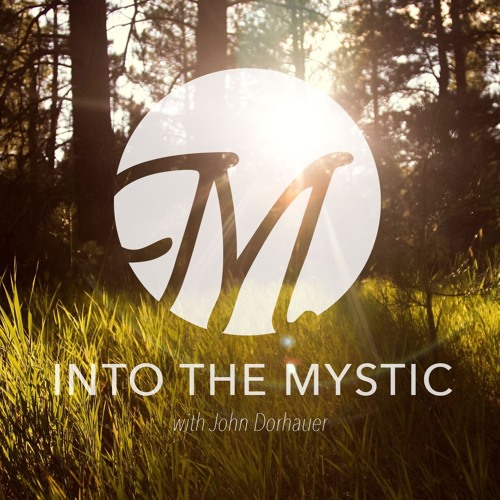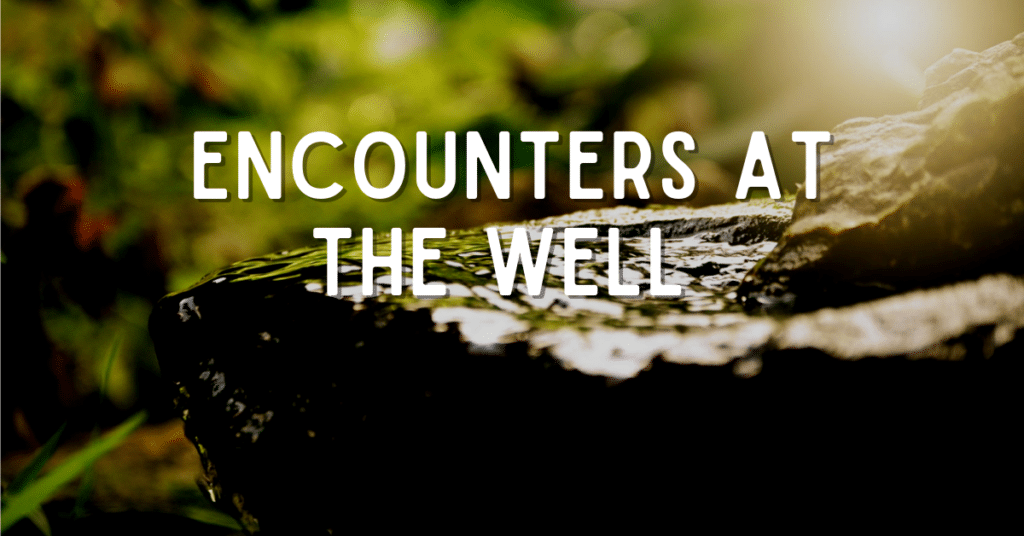Eyes to See
Listen to the podcast
Read the transcript
When teaching what I have learned about White Privilege to largely white audiences, I repeat often the same question: “What do you see.”
It is a direct reference to something Jesus would say, something that when he said it we sort of wagged our heads and thought, “Well, duh.” It sounded a bit nonsensical and at first maybe led us to think Jesus had a screw loose.
Jesus said “let those who have eyes to see, see.”
Well, sure. What else would they do with their eyes?
Its like saying “if you have a car, drive it,” or “if you have a bed, sleep in it.”
But if we pause for a moment and reflect on that, and in reflecting remind ourselves that Jesus was a pretty wise and sagacious teacher whose words reflected deep meaning and value, then we can see the point he is trying to make.
You all know that saying – “she has her head stuck in the sand.” That image of an ostrich sticking its head in the sand has become a recognizable metaphor for someone who has the truth right in front of them but chooses to ignore it. They metaphorically become someone with eyes that do not see.
There are times we have to accept hard truths, truths that once revealed render something we had hoped for unattainable or something we badly needed to avoid a reality. To face them head on would be painful, to ignore them would only delay the inevitable. And yet that is what many people do under these circumstances: turn away from the hard truths and pretend an alternate reality actually exists. That’s called burying your head in the sand or, to use Jesus’ words, having eyes but not seeing.
One of the most prevalent and persistent cases of having eyes but not seeing is the phenomenon of white people being largely ignorant of their privilege. So much of the work I do with white audiences on the subject of race is open their eyes to the manifestations and impacts of their privilege. Too many times when I ask white audiences to identify where and when privilege works to their benefit, they are at a loss to think of much if they can think of anything at all. And even harder for them to describe is the impact that has on those whom whites don’t identify as white.
Therefore, every time the same group gathers to discuss the subject I repeat the same question: what do you see. Their answers to that question helps me assess the extent to which they are acquiring the ability to identify privilege. That is the first critical step to changing behaviors, cultures, mores, practices, and systems that have long persisted with both an acceptance and ignorance of white privilege.
Do you see the store security guard that greets you with a smile and then follows the black man who came in behind you?
Do you see the police car that you passed without incident at seven miles an hour over the limit and your break light busted out?
Do you see the teacher in the classroom let your child get by with a mild warning for misbehavior while the black child next to them gets sent to detention?
Do you see? That is the question.
Let those who have eyes to see, see on this, our journey Into the Mystic.
Related News
Growing Weary
In December 1964 during a speech in Harlem, Fannie Lou Hamer declared: “And you can always...
Read MorePlanning for Earth Month: Resources for Congregations
April is Earth Month, and for congregations, it can be a great time to further discern how...
Read MoreBodily Autonomy Means Every-BODY
Advocacy and Action for Women's and Gender Justice Local events stir thoughts and...
Read More


